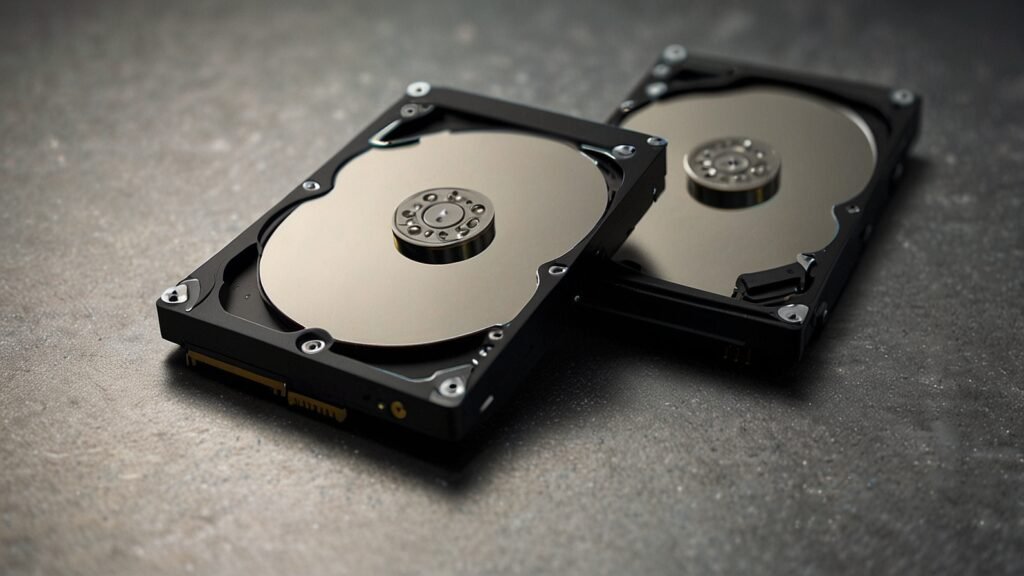14901.98: In the ever-evolving world of technology and data management, understanding data storage units is urgent. Whether you’re working with personal computers, cloud storage, or large-scale data centres, you often encounter different units of measurement, from kilobytes to gigabytes, terabytes, and beyond. One common task is converting between these units to understand the scale of data you’re dealing with. In this article, we will explore the conversion of 14901.98 to terabytes (TB), putting it into context to help you grasp the magnitude of this data size.
What Are Data Storage Units?
Before diving into the specifics of the conversion, it’s important to understand what data storage units are and how they relate to each other. Data storage is typically measured in bytes, with each byte representing a small piece of information. Here’s a quick rundown of the most commonly used units of data:
- Byte (B): The basic unit of data storage.
- Kilobyte (KB): 1 KB = 1,024 bytes.
- Megabyte (MB): 1 MB = 1,024 KB.
- Gigabyte (GB): 1 GB = 1,024 MB.
- Terabyte (TB): 1 TB = 1,024 GB.
- Petabyte (PB): 1 PB = 1,024 TB.
These units increase exponentially, meaning that each is 1,024 times larger than the previous unit. For instance, 1 terabyte (TB) is 1,024 gigabytes (GB).
Converting 14901.98 to Terabytes
When you see a number like 14901.98, the unit of measurement isn’t immediately clear without context. However, if we’re assuming this figure is already in terabytes (TB), we don’t need to convert it further because it is already in the target unit. If this number represents something like gigabytes (GB) or megabytes (MB), conversion would be required.
Example: If 14901.98 GB Were Given
To convert 14,901.98 gigabytes to terabytes, you would divide by 1,024:
14,901.98 GB÷1,024=14.5547 TB14,901.98 \, \text{GB} \div 1,024 = 14.5547 \, \text{TB}14,901.98GB÷1,024=14.5547TB
So, 14,901.98 gigabytes would be approximately 14.55 terabytes.
However, if we assume that the figure 14,901.98 already represents terabytes, no conversion is needed, and the amount stays as is: 14,901.98 terabytes.

Putting 14901.98 Terabytes into Perspective
To truly appreciate what 14,901.98 terabytes represent, let’s compare it to some real-world examples of data usage and storage:
- Personal Use: The average modern computer has a storage capacity ranging from 256 GB to 2 TB. If you were to compare 14901.98 TB to a typical 1 TB hard drive, you would need nearly 14,902 of these hard drives to store that amount of data.
- Cloud Storage: Popular cloud storage services like Google Drive, Dropbox, or Microsoft OneDrive offer plans ranging from 15 GB (free) to a few terabytes for individual users. With 14,901.98 TB, you could hold the equivalent of the storage of hundreds of thousands of individual user accounts.
- Movies and Entertainment: A high-definition movie typically takes up about 4 GB of storage. With 14901.98 TB, you could store approximately 3.7 million HD movies, which would take several lifetimes to watch!
- Business and Enterprise Data: Large companies, especially those in tech, finance, and research, deal with massive amounts of data. A medium-sized data center might store several petabytes (1,024 TB) of data. At 14,901.98 TB, you’re nearing the data storage capacity of a large-scale enterprise, capable of handling vast amounts of information, from transaction records to scientific data.
- Social Media: Major social media platforms handle terabytes of data every day. For example, Facebook stores over 300 petabytes of user data, with daily uploads in the range of hundreds of terabytes. While 14,901.98 TB is a fraction of Facebook’s total storage, it still represents a significant chunk of data, equivalent to what the platform might accumulate in a few days.
The Importance of Data Management at This Scale
Handling nearly 15,000 terabytes of data is no small feat. At this scale, data management becomes a critical aspect of operations, especially for businesses and organizations that rely on large datasets.
- Data Storage Solutions: Managing terabytes of data requires sophisticated storage solutions, such as advanced data centres, cloud storage platforms, or distributed storage systems. These systems need to ensure data integrity, security, and accessibility while maintaining efficiency.
- Data Backup and Recovery: With vast amounts of data, having robust backup and recovery systems in place is essential. Losing terabytes of data could be catastrophic for any organization, which is why regular backups, disaster recovery plans, and redundant systems are standard practice.
- Data Security: Security is a top priority when dealing with large datasets. This includes protecting data from breaches, ensuring compliance with data protection regulations, and managing access controls to prevent unauthorized use.
- Data Analysis and Utilization: Large datasets can offer significant insights if properly analysed. Businesses often use big data analytics to understand trends, make informed decisions, and improve operations. Managing nearly 15,000 TB of data means having the capability to process and analyse that data effectively.
Conclusion
14901.98 terabytes is an immense amount of data, far beyond what most individuals or small businesses would ever need. However, in the world of large enterprises, cloud computing, and big data, such quantities are not uncommon. Whether it’s storing vast libraries of information, managing massive amounts of user data, or conducting complex scientific research, understanding and managing data at this scale is crucial. As our world becomes increasingly data-driven, the ability to comprehend and handle such large amounts of data will only become more important.







